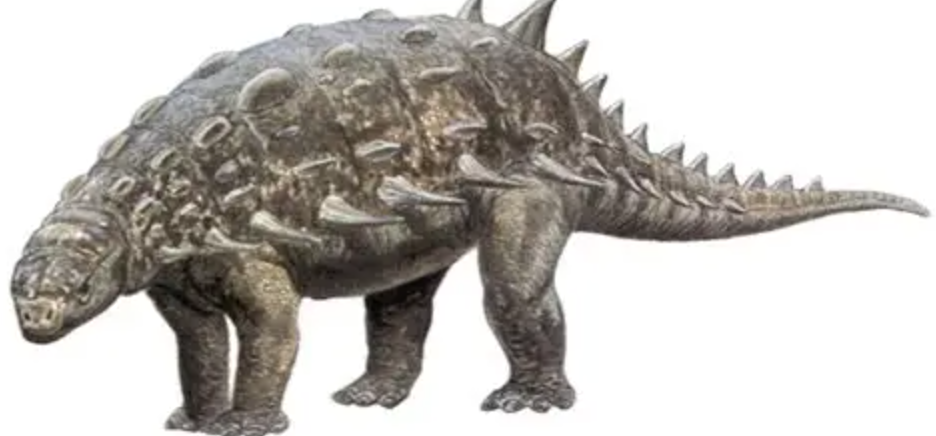1862: Dinosaur remains found in Haywards Heath
- andyrevell

- Aug 24
- 2 min read
West Sussex Gazette Thursday 30 January 1862
HAYWARDS HEATH
DISCOVERY OF THE REMAINS OF ANTEDILUVIAN ANIMALS
A few months ago the Brighton Herald contained an account of the discovery in this neighbourhood, of a fossil fragment of the skeleton of one of the reptilian monsters of the Wealden, which, by geologists, was pronounced to be the Hylaeosaurus, or Great wood lizard, a creature of between 20 and 30 feet in length, a restored form of which is seen in the gardens of Crystal Palace, at Sydenham.

We have now had the pleasure relating that, on a recent occasion, there has been found, in the same locality, and in the terrigenous sand-rock that abounds in the adjoining parish of Cuckfield, one of the vertebrae of a similar creature. Indeed, there are evidences which show, by comparison, as well as by having been found in the same deposit, or rocket matrix, that these two fragments form part of one and the same animal.
The main diameter of this vertebra is 2 1/2 inches; the spinal marrow, half an inch, and on the other side of this part of the spinal column, there is an obvious protuberance, or mastoid process, indicating that this huge reptile must, in his living state, have exhibited, upon the reach of his back, a formidable kind of armour, in the shape of prickly spines, analogous to what is presented in the structure of some of the modern lacertid.
The type of the vertebra now before us is one of the cretaceous period – the anticular surfaces being at the ends of the centrum, concave – a type characteristic of the crocodile of the secondary period. This one, being of the dorsal series, shows that the two ribs which had once been therewith conjoined, had been closely broken off, giving indications that great force had been employed in the disintegrating process of the entire body; whether affected by some powerful animal or by the action of corroding time, ere borne down by the stream to where it ultimately became deposited, inhumed, and embalmed for many ages, is for our imagination to speculate upon.
The tissues and original forms of the cells are beautifully preserved, although heavily impregnated with peroxide of iron. In close proximity to this relic of an early world, embedded in the same matrix, is a part of a shellfish, apparently of an ammonite form of structure; but of its precise nature we are at present unable to declare, from its fragmentary condition.
This interesting piece of Nature’s antiquity came in the hands of Mr Sowton, of Haywards Heath, who has since kindly presented it as a contribution to Mr Henry Watts’ collection at Lindfield.






Comments